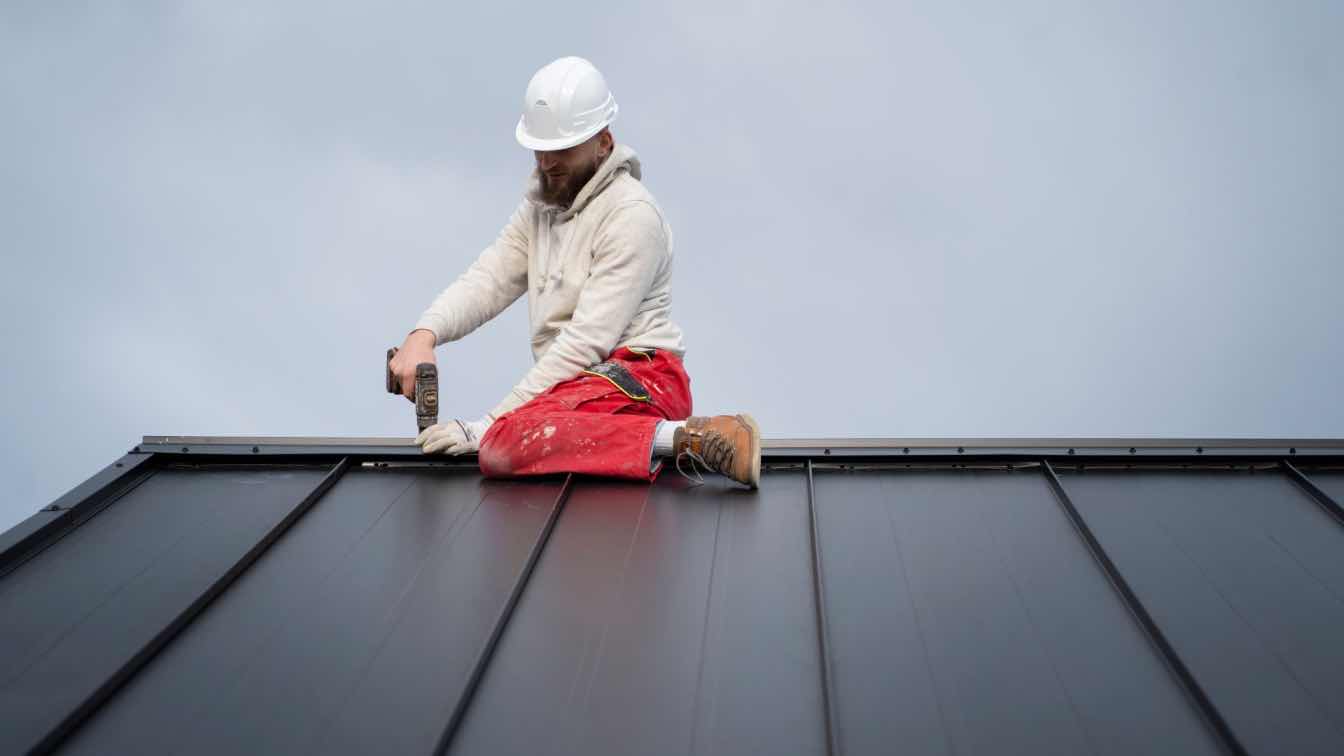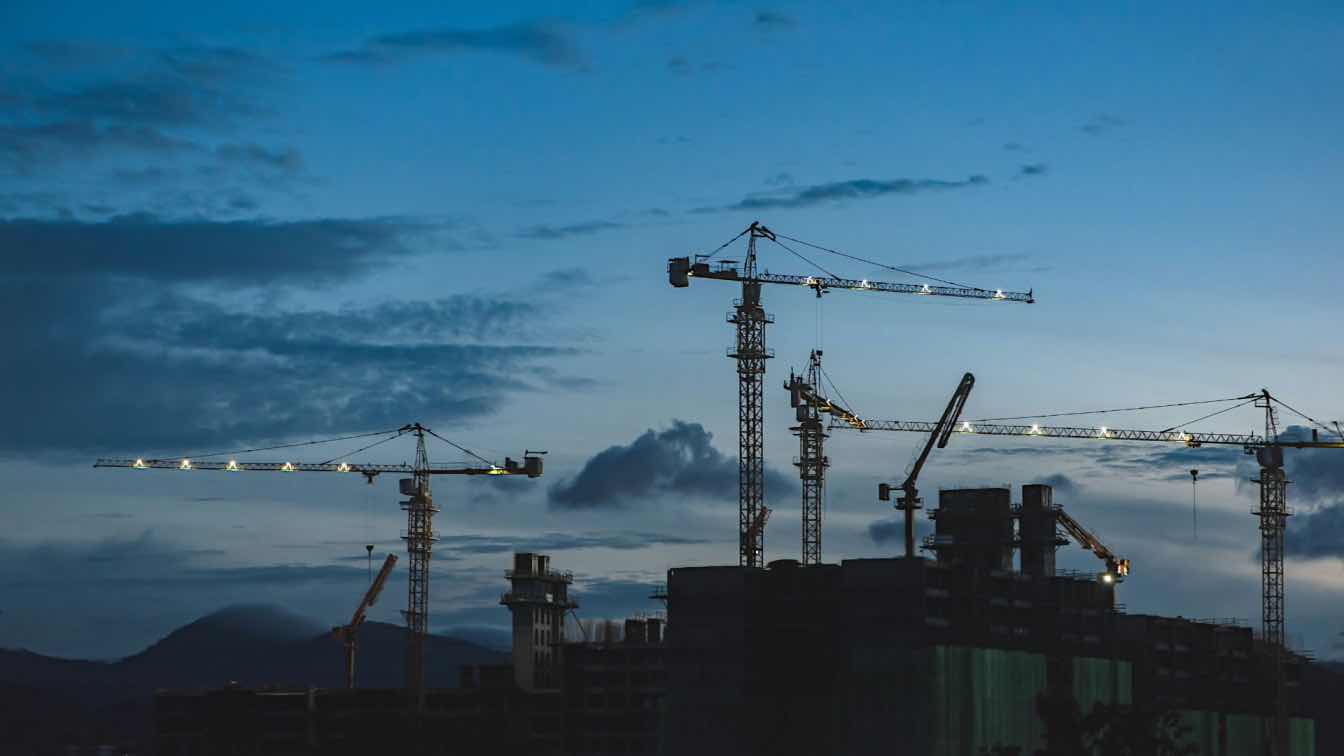Having a sturdy and reliable roof is crucial for any home. Not only does it protect us from the elements, but it also adds to the overall aesthetic appeal of our house. However, as with any part of our home, roofs require regular maintenance and sometimes even upgrades to ensure they continue to do their job effectively.
In this blog post, we will discuss six essential tips for fixing and upgrading your roof. Whether you are a new homeowner or have been living in the same house for years, these tips will help you keep your roof in top condition. From identifying common roofing problems to choosing the right materials and hiring professional services, we've got you covered. Let's get started.
Engage Roofing Professionals
One of the first and most important tips for fixing and upgrading your roof is to engage roofing professionals. While it may be tempting to try and save money by doing DIY repairs or installations, it is always best to leave roofing work to the experts.
These professionals have the necessary skills, experience, and equipment to properly assess and address any issues with your roof. For instance, you can find a roofing contractor in Florida who specializes in repairing and upgrading roofs in areas prone to hurricanes and other extreme weather conditions. Hiring a professional not only ensures quality work but also gives you peace of mind as your roof is in the hands of experts.
Regular Maintenance Checks
Regular maintenance checks are another crucial aspect of keeping your roof in top condition. It is recommended to have a professional inspection done at least once a year, preferably before the start of the winter and summer seasons.
During these maintenance checks, professionals can identify any potential issues such as damaged shingles, leaks, or clogged gutters. By addressing these problems early on, you can prevent them from turning into larger and more costly repairs in the future. Additionally, regular maintenance also helps extend the lifespan of your roof, saving you money in the long run.
Make sure to also perform visual checks yourself every few months and after severe weather events to catch any issues early on.
Identify Common Roofing Problems
It is essential to educate yourself about common roofing problems so that you can identify them early on and address them promptly. Some of the most common issues include leaks, damaged shingles, and mold growth.
Leakages can occur due to various reasons such as cracked flashing or damaged seals around roof vents. Mold growth is often a result of poor ventilation, which can also lead to other problems like rotting wood and mildew. Damaged shingles can be caused by strong winds or heavy rainfall. By knowing what to look for, you can take quick action and prevent these problems from escalating.
Properly Ventilate Your Attic
Proper ventilation is crucial for any roof. An inadequately ventilated attic can lead to a buildup of heat and moisture, which can cause damage to your roof's structure and shingles. It can also result in higher energy costs as your HVAC system has to work harder to regulate the temperature.
To ensure proper ventilation, make sure your attic has enough vents and that they are not blocked by debris or insulation. You can also consider installing a solar-powered attic fan, which not only helps with ventilation but also reduces energy costs.
Choose the Right Materials for Your Roof Type
When it comes to upgrading your roof, it is essential to choose the right materials for your specific roof type. Different materials have different properties and are suited for different climates and conditions. For instance, if you live in an area prone to hurricanes, you may want to consider impact-resistant shingles.
It is also important to consider factors like durability, energy efficiency, and maintenance requirements when choosing materials. Consulting with a roofing professional can help you make an informed decision based on your specific needs and budget.
Consider Energy Efficient Options
In today's world, where sustainability is becoming increasingly important, it is worth considering energy-efficient options when fixing or upgrading your roof. These could include installing solar panels or using reflective roofing materials.
Not only do these options help reduce your carbon footprint, but they can also save you money on energy costs in the long run. In some cases, you may even be eligible for tax credits or rebates for choosing eco-friendly roofing options. Research and consult with a professional to see what energy-efficient options are best suited for your home and location.
In addition to these six essential tips, there are also other factors to consider when fixing and upgrading your roof. These include the age of your roof, the weather conditions in your area, and any local building codes or regulations. It is crucial to be aware of these factors and consult with professionals before making any major changes or upgrades to your roof.





